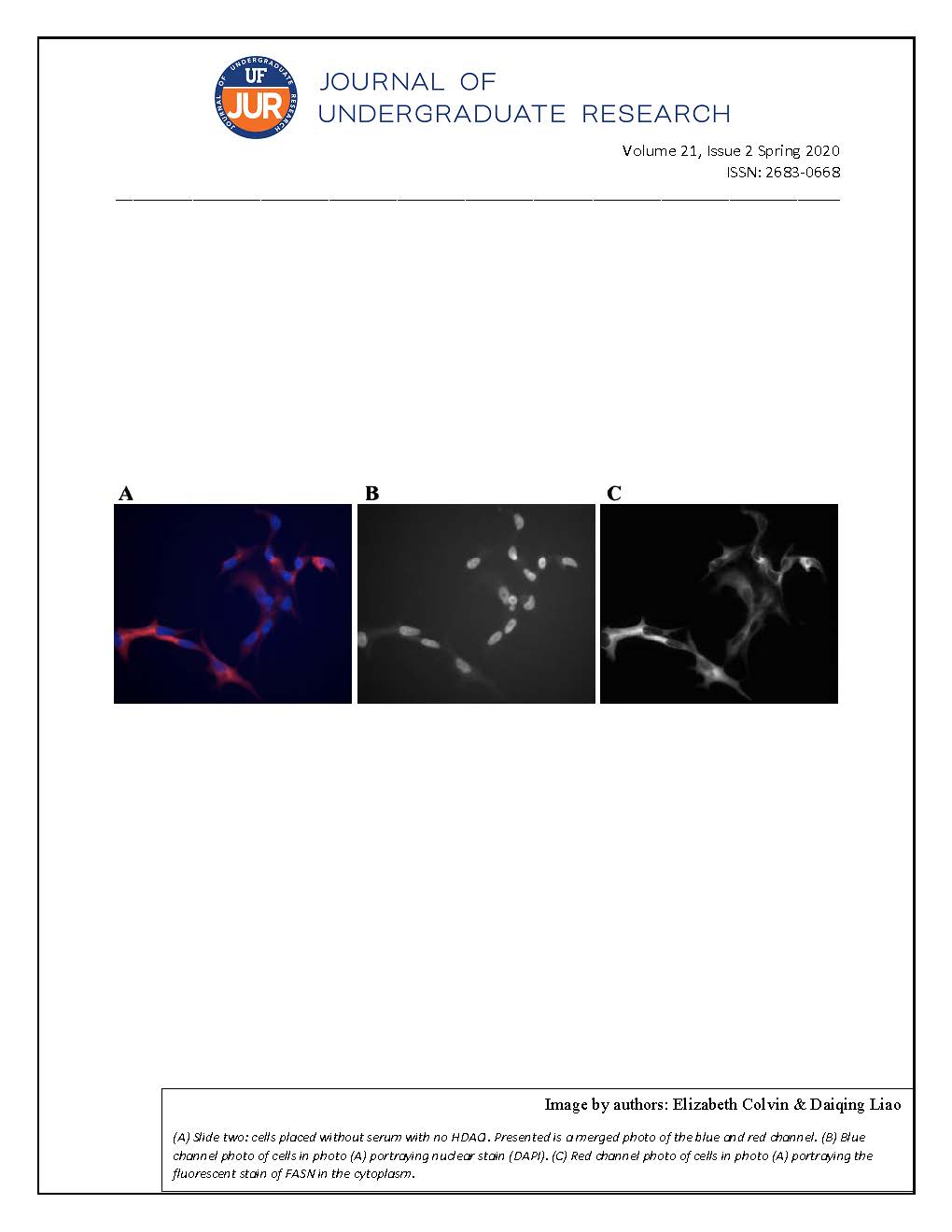Improving PM Collection of EPA Other Test Method (OTM) 36 Precutter
DOI:
https://doi.org/10.32473/ufjur.v21i2.108436Keywords:
air pollution control, particulate matter, computational fluid dynamicsAbstract
The Environmental Protection Agency (EPA) regulates the amount of particulate matter (PM) emitted by different industrial processes to protect human health and the environment. EPA Test Method 5 is the standard method to determine PM emissions from stationary sources. However, moisture present in emission sources can yield overestimated PM concentrations when using EPA Method 5. Alternatively, EPA Other Test Method (OTM) 36 regulates the method used for determining the concentration of PM2.5 emissions, which are particles with a diameter of less than 2.5 micrometers, from moisture-saturated stationary source gas streams. The EPA has found that the OTM 36 sampling train measures lower PM concentrations than actual concentrations in the emission source. This is because the sampling train’s precutter nozzle, which is the first instrument of a sampling train placed into an emission source, collects particles at smaller sizes than intended, preventing these particles from being measured by the sampling train. The purpose of this research is to create a new precutter nozzle design that allows the PM sampling train to more accurately measure PM to reflect actual concentrations in emission sources tested by OTM 36. By using computational fluid dynamics (CFD) simulations in ANSYS Fluent program, the collection efficiency of different dimensions of the new precutter nozzle was calculated to choose the best design that more accurately collects PM. Based on this objective, a precutter nozzle with a 7-degree half-cone angle and 3-cm throat length was chosen as the most viable design.
Metrics
References
ANSYS. (2001). Chapter 19. Discrete Phase Models. ANSYS.
ANSYS. (2006). Modeling Turbulent Flows. Fluent User Services Center.
General Compliance Test Requirements, 40 C.F.R. § 297 (1998).
John, A., Kuhlbusch, T., Fissan, H., Broker, G., & Geueke, J. (2003).
Development of a PM 10/PM 2.5 Cascade Impactor. Aerosol Science and Technology, 694-695. doi: 10.1080/02786820390199213
Liu, B. Y. H., Zhang, Z. Q., & Kuehn, T. H. (1989). A numerical study of inertial errors in anisokinetic sampling. Journal of Aerosol Science, 20(3), 367-380.
Measurement Tchnology Group. (2016). Other Test Method – 36: Method for the Determination of Filterable PM2.5 Emissions from Moisture. Research Triangle Park: Office of Air Quality Planning and Standards.
Method 5 - Determination of Particulate Emissions from Stationary Sources, 40 C.F.R. § 60 Appendix A (1991)
Murdock, J. (1993). Fundamental Fluid Mechanics for the Practicing Engineer (Mechanical Engineering). (L. Faulkner, Ed.) Boca Raton, FL, USA: CRC Press.
Williamson, A. D., Farthing, W. E., Ward, T. E., & Midgett, M. R. (1987). Effects of sampling nozzles on the particle-collection characteristics of inertial sizing devices. Final report. Birmingham: Southern Research Institute.
Downloads
Published
Issue
Section
License
Some journals stipulate that submitted articles cannot be under consideration for publication or published in another journal. The student-author and mentor have the option of determining which journal the paper will be submitted to first. UF JUR accepts papers that have been published in other journals or might be published in the future. It is the responsibility of the student-author and mentor to determine whether another journal will accept a paper that has been published in UF JUR.

